Kia Ceed vs Toyota Prius – Differences & prices compared
Compare performance, boot capacity, efficiency and price at a glance.
Find out which car is the better choice for you – Kia Ceed or Toyota Prius?
Costs and Efficiency:
Price and efficiency are often the first things buyers look at. Here it becomes clear which model has the long-term edge – whether at the pump, the plug, or in purchase price.
Kia Ceed has a clearly advantage in terms of price – it starts at 23500 £, while the Toyota Prius costs 39400 £. That’s a price difference of around 15943 £.
Fuel consumption also shows a difference: Toyota Prius manages with 0.50 L and is therefore convincingly more efficient than the Kia Ceed with 6 L. The difference is about 5.50 L per 100 km.
Engine and Performance:
Under the bonnet, it becomes clear which model is tuned for sportiness and which one takes the lead when you hit the accelerator.
When it comes to engine power, the Toyota Prius has a noticeable edge – offering 223 HP compared to 140 HP. That’s roughly 83 HP more horsepower.
In acceleration from 0 to 100 km/h, the Toyota Prius is noticeable quicker – completing the sprint in 6.80 s, while the Kia Ceed takes 9.50 s. That’s about 2.70 s faster.
In terms of top speed, the Kia Ceed performs a bit better – reaching 197 km/h, while the Toyota Prius tops out at 177 km/h. The difference is around 20 km/h.
Space and Everyday Use:
Beyond pure performance, interior space and usability matter most in daily life. This is where you see which car is more practical and versatile.
Both vehicles offer seating for 5 people.
In curb weight, Kia Ceed is noticeable lighter – 1298 kg compared to 1620 kg. The difference is around 322 kg.
In terms of boot space, the Kia Ceed offers evident more room – 395 L compared to 284 L. That’s a difference of about 111 L.
When it comes to payload, Kia Ceed distinct takes the win – 490 kg compared to 375 kg. That’s a difference of about 115 kg.
Who wins the race?
The Toyota Prius proves to be is largely superior and therefore becomes our DriveDuel Champion!
Toyota Prius is the better all-rounder in this comparison.
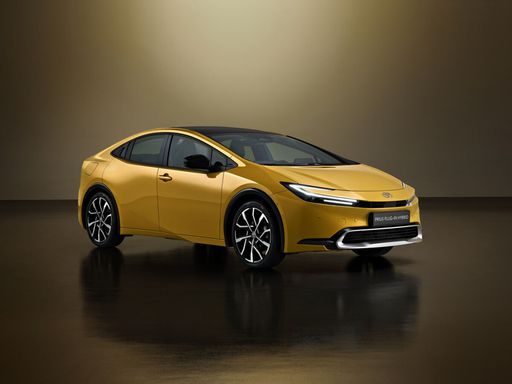
Toyota Prius
Kia Ceed
The Kia Ceed stands out in the compact car segment with its sleek design and impressive handling. It offers a comfortable and well-equipped interior that appeals to both drivers and passengers. With its efficient engine options, the Ceed provides a smooth and enjoyable driving experience suitable for city commutes and longer journeys alike.
details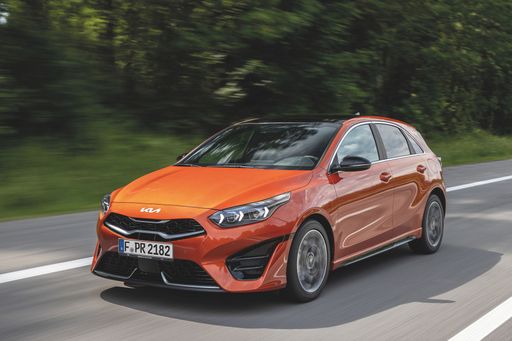 @ press.kia.com
@ press.kia.com
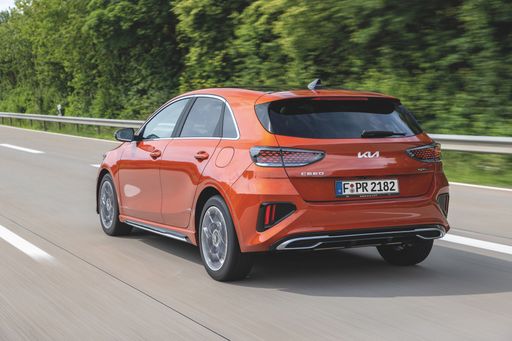 @ press.kia.com
@ press.kia.com
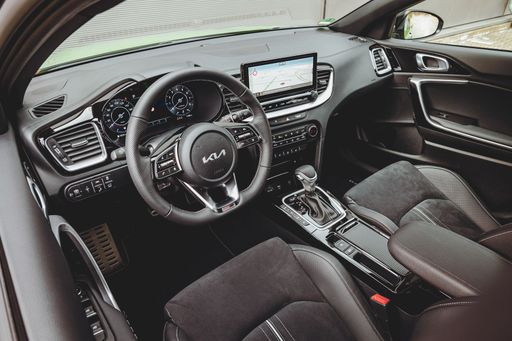 @ press.kia.com
@ press.kia.com
Toyota Prius
The Toyota Prius stands as a pioneer in the realm of hybrid vehicles, offering an eco-friendly driving alternative with its innovative technology. Its aerodynamic design and comfortable interior make it a practical choice for those looking to reduce their carbon footprint without sacrificing style. Additionally, the Prius boasts a reputation for reliability and efficiency, contributing to its lasting popularity among environmentally conscious drivers.
details @ Toyota
@ Toyota
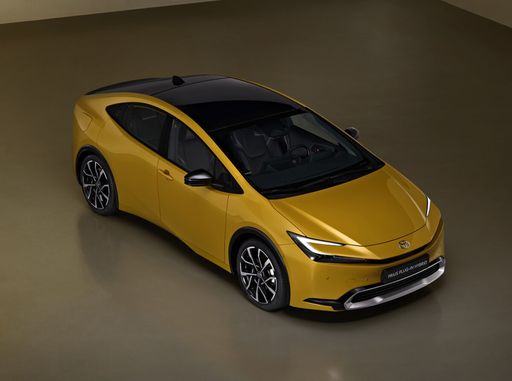 @ Toyota
@ Toyota
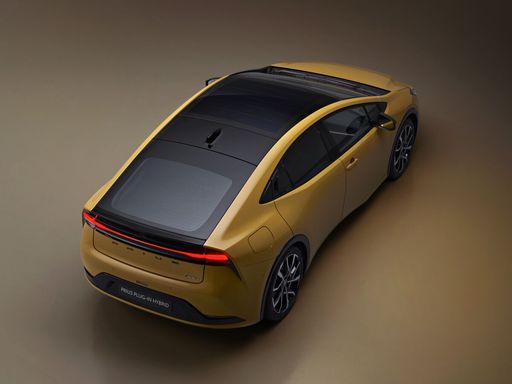 @ Toyota
@ Toyota
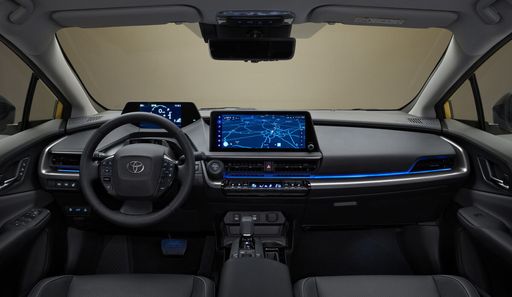 @ Toyota
@ Toyota

|

|
|
|
|
Costs and Consumption |
|
|---|---|
|
Price
23500 - 26300 £
|
Price
39400 - 45800 £
|
|
Consumption L/100km
6 - 6.4 L
|
Consumption L/100km
0.5 - 0.7 L
|
|
Consumption kWh/100km
-
|
Consumption kWh/100km
-
|
|
Electric Range
-
|
Electric Range
72 - 86 km
|
|
Battery Capacity
-
|
Battery Capacity
-
|
|
co2
137 - 146 g/km
|
co2
12 - 17 g/km
|
|
Fuel tank capacity
50 L
|
Fuel tank capacity
40 L
|
Dimensions and Body |
|
|---|---|
|
Body Type
Hatchback
|
Body Type
Hatchback
|
|
Seats
5
|
Seats
5
|
|
Doors
5
|
Doors
5
|
|
Curb weight
1298 - 1372 kg
|
Curb weight
1620 - 1630 kg
|
|
Trunk capacity
357 - 395 L
|
Trunk capacity
284 L
|
|
Length
4315 mm
|
Length
4599 mm
|
|
Width
1800 mm
|
Width
1782 mm
|
|
Height
1447 mm
|
Height
1470 mm
|
|
Max trunk capacity
1253 - 1291 L
|
Max trunk capacity
-
|
|
Payload
478 - 490 kg
|
Payload
365 - 375 kg
|
Engine and Performance |
|
|---|---|
|
Engine Type
Petrol, Petrol MHEV
|
Engine Type
Plugin Hybrid
|
|
Transmission
Manuel, Automatic
|
Transmission
Automatic
|
|
Transmission Detail
Manual Gearbox, Dual-Clutch Automatic
|
Transmission Detail
CVT
|
|
Drive Type
Front-Wheel Drive
|
Drive Type
Front-Wheel Drive
|
|
Power HP
100 - 140 HP
|
Power HP
223 HP
|
|
Acceleration 0-100km/h
9.5 - 13.2 s
|
Acceleration 0-100km/h
6.80 s
|
|
Max Speed
178 - 197 km/h
|
Max Speed
177 km/h
|
|
Torque
172 - 253 Nm
|
Torque
-
|
|
Number of Cylinders
3 - 4
|
Number of Cylinders
4
|
|
Power kW
74 - 103 kW
|
Power kW
164 kW
|
|
Engine capacity
998 - 1482 cm3
|
Engine capacity
1998 cm3
|
General |
|
|---|---|
|
Model Year
2024
|
Model Year
2023
|
|
CO2 Efficiency Class
E
|
CO2 Efficiency Class
B
|
|
Brand
Kia
|
Brand
Toyota
|
What drivetrain options does the Kia Ceed have?
The Kia Ceed is available as Front-Wheel Drive.
The prices and data displayed are estimates based on German list prices and may vary by country. This information is not legally binding.
